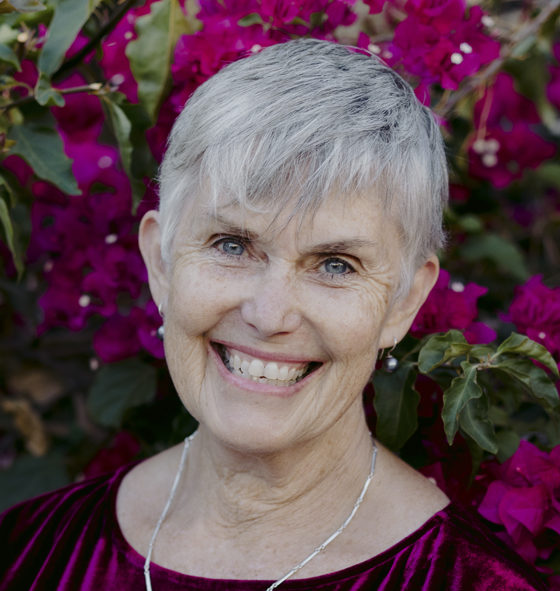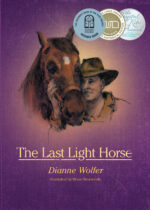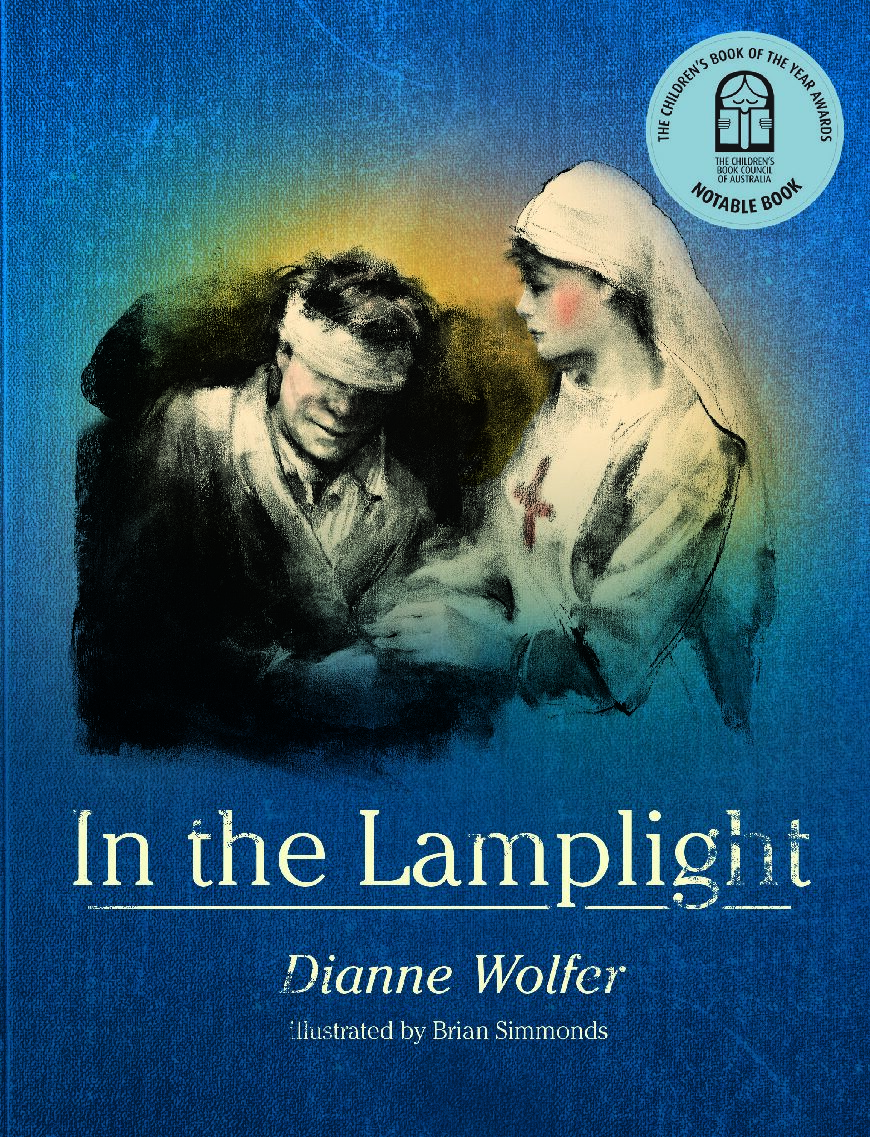Dianne Wolfer shares how important synchronicity is to the creative process – particularly when retelling real-life history

Synchronicity – it’s a ‘thing’ for many authors. During the research and writing of each story in my historical ‘Light’ series I’ve experienced delightfully unnerving coincidences, making me wonder how books come about. Do I choose the story or does the story choose me? In the case of The Last Light Horse, perhaps it’s the latter.
Before starting The Last Light Horse I’d already published a trilogy – Lighthouse Girl, Light Horse Boy and In the Lamplight – books that could be read as stand alone stories, but with overlapping characters. And I thought I was done! Readers could explore WWI through the eyes of those who stayed at home, the men who went to war and the nurses who served in both Australia and Britain. Little did I know I was not done after all – the missing piece was exploring WWI through the eyes of an animal.
The idea for this new book was sparked over ten years ago when I was researching Light Horse Boy. I had no idea then that only one of around 136,000 Australian horses taken to WWI battlefields returned, or that it was Major General Bridges’ dying wish that his favourite charger, Sandy, be brought home. The idea had been circling around my top paddock ever since.
Many WWI horses came from the Upper Murray, including Sandy. The first historical record of the bay gelding involves him carting bricks at Old Tallangatta, a town drowned in 1956 during the creation of the Hume Weir. I spent my high school years in Albury, swimming in the weir every summer. Family members still live around this area as well as in the alpine high country, where musters gathered wild horses that also served in WWI.
My sister Karen and her family live off-grid in a remote part of the Snowy Mountains. Her property overlooks a remote part of the Snowy River where Major General Bridges undertook an adventurous canoe trip before WWI. Karen introduced me to Richard Crispin, a relation of the O’Donnell family who owned the Tallangatta Brickworks, and donated Sandy to the war effort. During family visits I chatted with Richard, learning more about Sandy’s early years. Richard was also part of the Sandy Warhorse Memorial Committee, a group fundraising to install a life-size statue of Sandy in new Tallangatta, near where Sandy carted bricks. My connections to Sandy were growing.
Separate to this, in 2014, the National Anzac Centre opened in Albany. Like other locals, I explored the fabulous museum, seeing images of Major General Bridges, Sandy and other warhorses. As I was about to leave, in the last display box, I was amazed to see a silver plated hoof. Sandy’s hoof had come to Albany!
Write his story, a voice told me, but I was snowed under with other things. Years passed, but more ‘Sandy synchronicity’ was waiting.
After an Albany school visit, I was gifted with the original Light Horse manual belonging to Verner Alan Emmett, who died at Gallipoli after administering first aid to a comrade. His descendent, Justine Grey, wanted me to share this historic book with a wider audience. I kept it safe, wondering how best to do that.
In 2018, Honor Auchinleck, daughter of Elyne Mitchell (The Silver Brumby) and granddaughter of Sir General Harry Chauvel, contacted me from her family property near the Upper Murray town of Corryong. She said the local school children were so inspired by Light Horse Boy that they’d begun researching every name on their WWI cenotaph to make a memorial book of their Anzacs. I was touched and offered to visit when I was visiting family later that year. This began a wonderful friendship with Honor, local students and horse enthusiasts in the area. Corryong has long been home to renowned horse breeders and there’s a strong possibility that Sandy was born in the area.
Two years later, I received more correspondence. This time, from three Albany historians, passionate about the Anzac horses. They emailed:
… could you write a book for children about the horses, Sandy and Bess? … Knowing your literary work we believe you are just the person for this.
I met the women for coffee and told them that I’d wanted to write Sandy’s story for years.
Get started! my inner voice shouted.
‘Did you know the Desert Memorial Corp statue is modelled on Sandy and Bess, the New Zealand mare that returned?’ they asked.
‘What! For years I’ve walked my dog around the statue. I can almost see it from my home office.’
‘And did you know the great, great granddaughter of Major Bridges now lives in Albany …’
I was stunned. Tracey Bridges moved to Albany from Botswana. What are the chances? I met Tracey, had a great chat, and these final spooky connections spurred me into action at last.
Weaving a story around the bones of a factual framework can be challenging. It’s time consuming trawling through websites for archival photographs and reading wartime accounts to find lesser known nuggets of information, but it’s exciting when you uncover little known events. Readers are often curious about what is true and what is fictitious in the ‘Light’ series books. On my website there is a Lighthouse Girl link to ‘The Real Fay’. I’ve started a link called ‘The Real Sandy’ on my website where I am adding details.
And that question of whether we find a story or whether a story finds us, I’ll leave that for you to decide …






